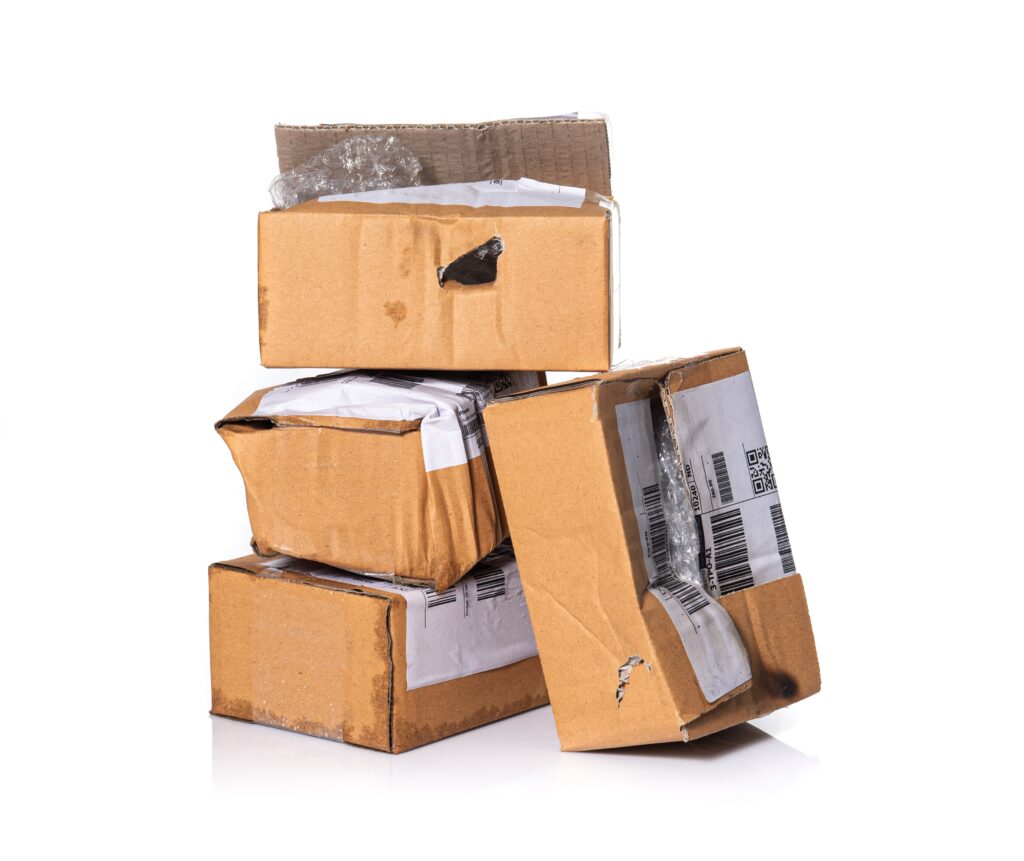
Returned logistics are a threat to businesses that can’t be avoided. It has always been painful for businesses to see customers’ dissatisfaction with their service. Every marketing chain has witnessed this return as a hindrance to its goal. Nevertheless, it can’t be denied that the returns are part of the business. If your business sells 10 products in a day, at least 2 returns might occur by the next day.

Moving ahead, businesses cannot perfectly determine conflicts in one’s interest, but managing such fluctuations perfects day-to-day operations.
Before your product returns increase from 2 to 5 per day, plan a proper strategy for effective management. Here, we will look for Some Solutions for Return Management in this Blog.
Types of Product Return
Every solution requires proper research on the problem. With the same, return management requires synchronizing the problem faced by the consumers. The returns fall into two categories: controllable and uncontrollable returns. Let’s discuss it in detail to find the alternative method to each one of the returns.
- Controllable Return
Controllable returns occur from mismanagement, difficulties in operational activities, and errors by the seller or the manufacturers can lead to such product return to the warehouse. In simple terms, it can be termed as the lack of management or improper selling activities that lead to improper products and hence returned by the customers.
Things such as customer dissatisfaction can result in the return of the product.

- Uncontrollable Returns
Uncontrollable Returns are inevitable. They can’t be strategized to avoid in the future but can be organized to bear the low loss. The reason for such returns originates with the customer’s fluctuations in interest. They might opt for the other variant or no variant as they want.
Managing the uncontrollable returns firstly requires you to allocate them more safely. After, it requires you to adopt a strategy and clear the stock in an advanced way i.e. clearing the stock in the sale. Such planned strategies can help businesses to lower the risk of return.
How to Manage Such Returns?
The management of return involves one moving ahead step by step to be very secure with it. The mentioned tips below will help to manage the return:
- Allocation of received products
When the product is returned, you store it separately in your warehouse or centralized location. Allocate receivables in a safe place as required.
4o. Maintaining the worth of the product can help you synchronize its best use.
- Sorting of the products
- Processing
Data maintenance is very necessary, especially in the trading part. Once the item is received the item is looked forward to processing. It involves things i.e. maintaining a record of the product returned by the vendor or the people, its location and the types of product, duration of the product, and other necessary details associated with it.
- Analyzing the products
This step involves the analysis of the product to generate its real value. The analysis checks if the product is in good condition, requires refurbishment or repair, or can be resold at its actual price, etc. After such analysis, the company will be able to generate the true potential of the product.

- Re-sale of the product
The last and most important step is associated with product liquidity, or say the sale of the product. The products can be re-sold by oneself, using the vendors, offering various promotional tools such as discounts and offers. You can sell the product with refurbished value in the secondary market to clear the stock and liquidate it.
The Optimum Solutions For Return Management
Return management can be worthy if administrative properly. The companies could be able to generate more revenues if they have effective management of the return.
Decreasing the variable cost can lead to the companies increasing their margins, but due to the manual return process, it is tougher for them to implement. So what is the optimum way? How can a company increase its margin without decreasing its variable cost and lead to the success of the company?
The listed activities could help you down to figure out the best practices of management:
- Enhanced customer service
Controllable returns can be eliminated through effective management. The better management of return products starts with enhancing your customer service policy. This policy is associated with having the search over the customer’s interest, taste, need, and want of the product. In summary, it is about having better customer knowledge. Such research will help the company to determine the type of product that is being prevalent as a trend in the market. This could help companies to avoid the lack of interest factor from the returned products.
- Better communication

With faster communication, the different departments can maintain the coordination in an effective way which can lead to fewer errors in the organization. For example – Initiating smoother communication will help to decrease the risk of wrong product delivered. Hence, this would also reduce one factor of return product.
- Providing the fastest delivery.
The crucial factor affecting the return of the product is the late delivery by the companies. Improving it with better facilities can help the companies to avoid more numbers of return products. This will also help the companies to gain the interest of the customer and build customer loyalty
- Effective inventory management
The step is associated with uncontrollable returns. Having a proper allocation of returned products will help the company to avoid any mishandling of the product. Storage and analysis of the products can help the company to derive the potential value of the product. This will also help the company identify products that it can resell without incurring extra costs and clear out inventory to increase profits.
- Clearing out the returned stock.
Businesses must clear out returned products to recover costs. Businesses repair products requiring refurbishment and sell them in the secondary market. Various third-party channels can sell products in good condition.
4o Such third parties will act as partners for clearing your stock and increasing your effectiveness. So, choose these managing partners wisely.
Conclusion
Returns may vary from company to company but, the Solutions for Return Management of the returns is necessary to increase the company’s profit and turn it into a successful business. Companies are using these policies to have sound and effective management without any fear of the returned items.
Subscribe to stay ahead with the latest updates and entrepreneurial insights!

Subscribe to our newsletter
Get access to the latest industry & product insights.





















